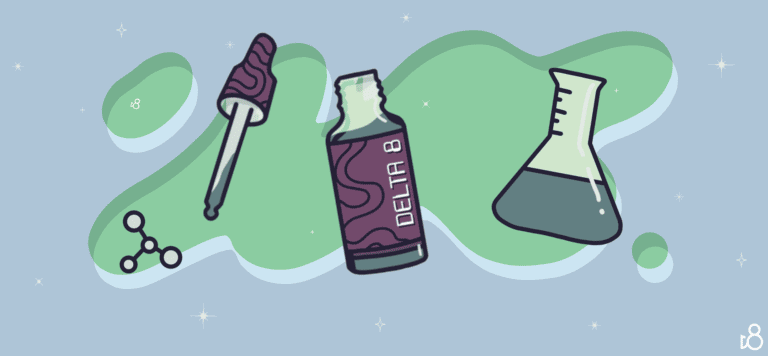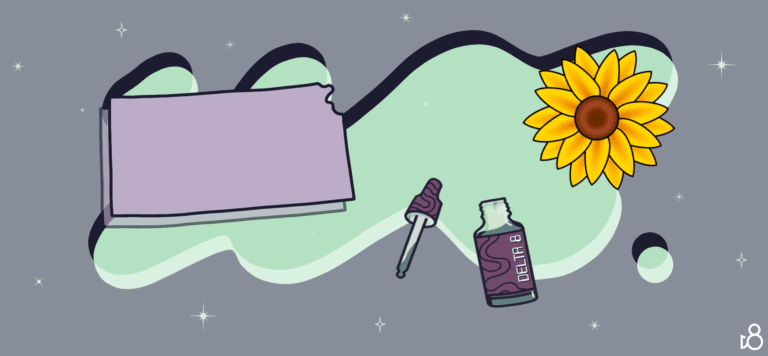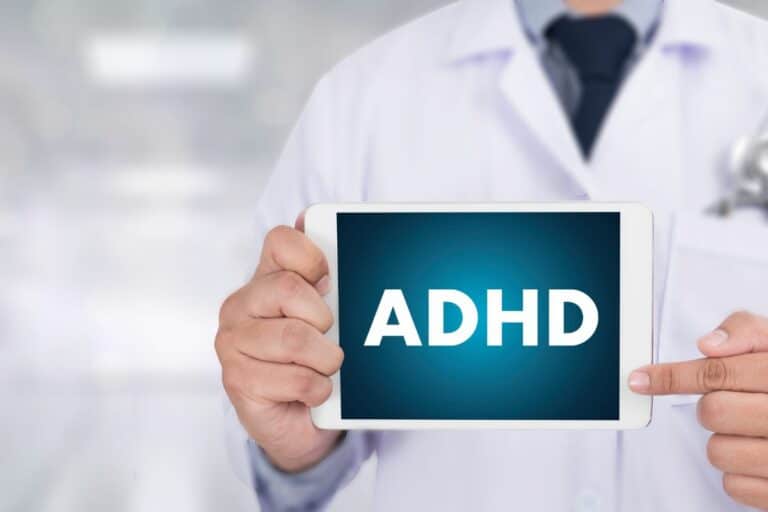Understanding Cannabinoids: A Comprehensive Guide
Cannabinoids, found exclusively in cannabis, are a collection of compounds that bind to cannabinoid receptors in the body. These substances are crucial for the functioning of the human endocannabinoid system, which regulates various physiological processes such as mood, pain perception, appetite, and memory. Familiarity with cannabinoids involves not only acknowledging their origin in the cannabis plant, but also understanding their potential influence on overall health and wellness.
The structural biology of cannabinoids reveals a complex interaction with the body’s receptors, primarily the CB1 and CB2 receptors, dictating a variety of effects ranging from psychoactive to therapeutic. Research has advanced to the point where the refinement of cannabinoid therapeutics aims to minimize adverse effects while enhancing beneficial outcomes. By studying cannabinoids, you tap into a comprehensive understanding of how these substances affect you at a molecular level.
Table of contents
Taking a closer look at the dietary cannabinoids, such as caryophyllene found in certain herbs, provides insight into their anti-inflammatory properties and how they modulate the functions of the endocannabinoid system without the psychoactive effects associated with some other cannabinoids. As investigations into this field continue, it’s becoming increasingly important for you to be aware of the nuances of cannabinoid science to make informed decisions about their use in your diet and healthcare regimen.
Cannabis Fundamentals
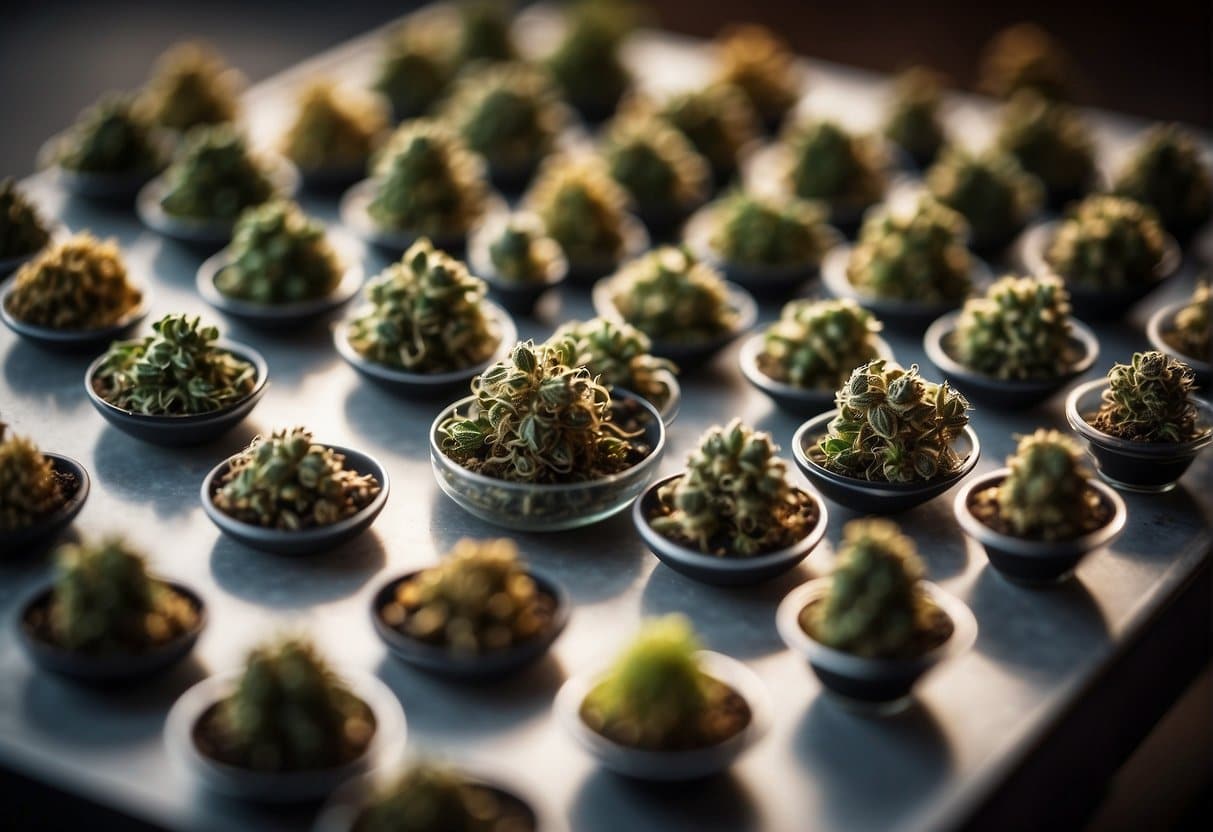
Understanding the fundamentals of cannabis is essential as it provides a foundation for comprehending its complex nature and utility in various domains. Your grasp of its history and botany paves the way for a deeper appreciation and informed interaction with this intriguing plant.
History of Cannabis
Cannabis has a long history that dates back thousands of years, primarily used for medicinal, recreational, and industrial purposes. Its use was first documented in ancient texts, with evidence suggesting that the plant was both a source of textile fiber from hemp and a psychoactive for spiritual and healing rituals. Over time, cannabis spread across the globe, influencing numerous cultures and economies.
Cannabis Plant Basics
The cannabis plant is distinctive in its biological features. Cannabis is dioecious, meaning it comes in male and female varieties, with the female plants producing the valuable flowers rich in cannabinoids. The plant is further divided into three primary species: Cannabis sativa, Cannabis indica, and Cannabis ruderalis, each with unique characteristics and effects. Hemp refers to varieties of Cannabis sativa that contain less than 0.3% THC, and it’s cultivated for its fibers, seeds, and CBD content. Below is an overview of the basic parts of the cannabis plant:
- Flower: The reproductive organs of the female plant, where cannabinoids and terpenes are concentrated
- Leaves: The most recognized part of the plant, ranging in shape, size, and number of leaflets
- Stalk: Provides structural support, also source of hemp fiber
- Roots: Absorb nutrients and water, crucial for plant health
By familiarizing yourself with these basics, you’re better equipped to understand the broader aspects of cannabis, including its agricultural, medicinal, and economic significance.
Cannabinoids and the Body

Cannabinoids interact intricately with your body through a well-defined system known as the endocannabinoid system. Understanding this system and its receptors is crucial for grasping how cannabinoids like THC and CBD may influence your physical and mental health.
Endocannabinoid System
Your body’s endocannabinoid system (ECS) is a complex cell-signaling network that plays a key role in regulating a range of functions and processes, including mood, appetite, pain sensation, and memory. This system consists of endocannabinoids, which are naturally produced compounds similar to cannabinoids but produced by your own body. Anandamide and 2-arachidonoylglycerol (2-AG) are two key endocannabinoids that help maintain internal stability and health.
Cannabinoid Receptors
The actions of the ECS are mediated by two main cannabinoid receptors: CB1 and CB2. CB1 receptors are predominantly found in the central nervous system and are linked to various brain functions. Conversely, CB2 receptors are more often located on cells in the immune system, influencing inflammation and pain. Cannabinoids bind to these receptors and can alter the release of neurotransmitters, leading to various effects on the body.
Impact on Brain and Body Functions
Cannabinoids like THC can bind to CB1 receptors in your brain, affecting functions regulated by the central nervous system. This can include altering your mood, behavior, and perception, as well as physiological processes like pain sensation. The interaction with CB2 receptors can modulate inflammation and immune responses throughout your body. The ECS and its cannabinoids play a role in the modulation of dopamine, an essential neurotransmitter involved in reward and pleasure systems. It is important to note that while cannabinoids can have therapeutic potential, their effects can vary widely among individuals.
Major Cannabinoids

In exploring the landscape of cannabinoids, it’s vital to be acquainted with the main compounds and their distinct properties, which have garnered significant scientific and medical interest.
Tetrahydrocannabinol (THC)
THC, or Tetrahydrocannabinol, is the most recognized cannabinoid known for its psychoactive effects. You may find it intriguing that THC binds to cannabinoid receptors in the brain, eliciting feelings of euphoria and relaxation. It is often associated with the ‘high’ from cannabis use. The efficacy of THC extends to pain relief and is also under investigation for its potential in treating various conditions.
Cannabidiol (CBD)
CBD, short for Cannabidiol, is a non-psychoactive compound. This means it does not produce the ‘high’ that’s associated with THC. CBD has gained popularity due to its therapeutic potential, with applications suggested in anxiety reduction, pain relief, and anti-inflammatory properties. It interacts with the body’s endocannabinoid system but through different mechanisms than THC, contributing to its diverse medicinal potential.
Other Cannabinoids
Beyond THC and CBD, there are numerous other cannabinoids like CBN (Cannabinol), CBG (Cannabigerol), and THCV (Tetrahydrocannabivarin), each with unique profiles.
- CBN is typically found in aged cannabis and while less potent than THC, it is recognized for its sedative effects.
- CBG, often referred to as the ‘mother of all cannabinoids,’ is the precursor from which other cannabinoids are synthesized and has been studied for its anti-inflammatory and neuroprotective effects.
- THCV, similar to THC, has a psychoactive component but differs in its potential for appetite suppression and regulating blood sugar levels.
These compounds are subjects of ongoing research for a range of potential therapeutic applications, making the understanding of cannabinoids a dynamic field full of possibilities.
Therapeutic Effects
Recent research into cannabinoids has revealed their potential in addressing a variety of health conditions, particularly due to their interaction with the body’s endocannabinoid system (ECS).
Pain Management
Cannabinoids have been recognized for their analgesic properties, particularly in the context of chronic pain and neuropathic pain. Studies suggest that cannabinoids may help reduce discomfort without the dependence risks associated with opioids. For instance, cannabinoids are believed to alleviate arthritis and fibromyalgia pain by targeting and reducing inflammation.
Mental Health
In mental health care, cannabinoids are investigated for their role in mood regulation and potential to ease conditions such as anxiety and PTSD. They may promote relaxation and help improve sleep patterns, along with a possible protective effect on memory when used in specific contexts.
Treatment of Epilepsy
The anticonvulsant effects of certain cannabinoids offer hope in treating epilepsy, especially in cases resistant to conventional medications. The FDA-approved drug, Epidiolex, has shown efficacy in reducing the frequency of seizures in certain types of epilepsy.
Cancer and Chemotherapy Relief
Cannabinoids may provide symptom relief in cancer patients undergoing chemotherapy by reducing nausea and improving appetite. Some evidence also points to cannabinoids as having anti-emetic effects and assisting with chemotherapy-induced nausea.
Other Health Conditions
Beyond these applications, cannabinoids are also being explored for their therapeutic potential in conditions with spasticity like multiple sclerosis, HIV/AIDS-related weight loss, and movement disorders. Their anti-inflammatory and immune-modulating properties open up a broad spectrum of possible health benefits.
Side Effects and Risks
Cannabinoids have a range of effects that vary greatly depending on individual factors and the substance used. It’s important to understand the potential for psychoactivity, risks of addiction, long-term health implications, and the distinction between medicinal and recreational usage.
Psychoactivity and Impairment
Cannabinoids, particularly THC, can induce psychoactivity, which is the alteration of your perception, mood, consciousness, cognition, and behavior. You may experience a change in mood, increased relaxation, or altered perception of time and sensory experiences. It’s important to note that impairment in concentration, coordination, and the ability to complete complex tasks can also occur, which is particularly relevant for activities such as driving or operating machinery.
Potential for Addiction and Overdose
The risk of addiction depends on various factors, including the specific cannabinoid and your personal history. While cannabinoids like CBD are generally not considered addictive, THC can be habit-forming, leading to a condition known as cannabis use disorder. Regarding overdose, while it is rare and typically not fatal, consuming a high concentration of THC can lead to uncomfortable symptoms like extreme confusion, anxiety, paranoia, and hallucinations.
Long-Term Health Risks
Long-term use of cannabinoids can have various health impacts, including implications for learning and memory, particularly when use begins in adolescence. Studies indicate a potential risk for mental health problems, including depression or exacerbation of preexisting mental health conditions. It’s important to carefully weigh the therapeutic benefits against these long-term health risks.
Medicinal vs. Recreational Use
When considering cannabinoids for medicinal purposes, it’s crucial to understand that the quality, concentration, and formulation of these substances differ substantially from those used recreationally. Medical-grade products undergo rigorous testing to minimize the chance of unpleasant side effects and ensure patient safety. When used recreationally, the higher variability in the concentration and potential for impairment and addiction should be carefully considered.
Cannabis Consumption Methods
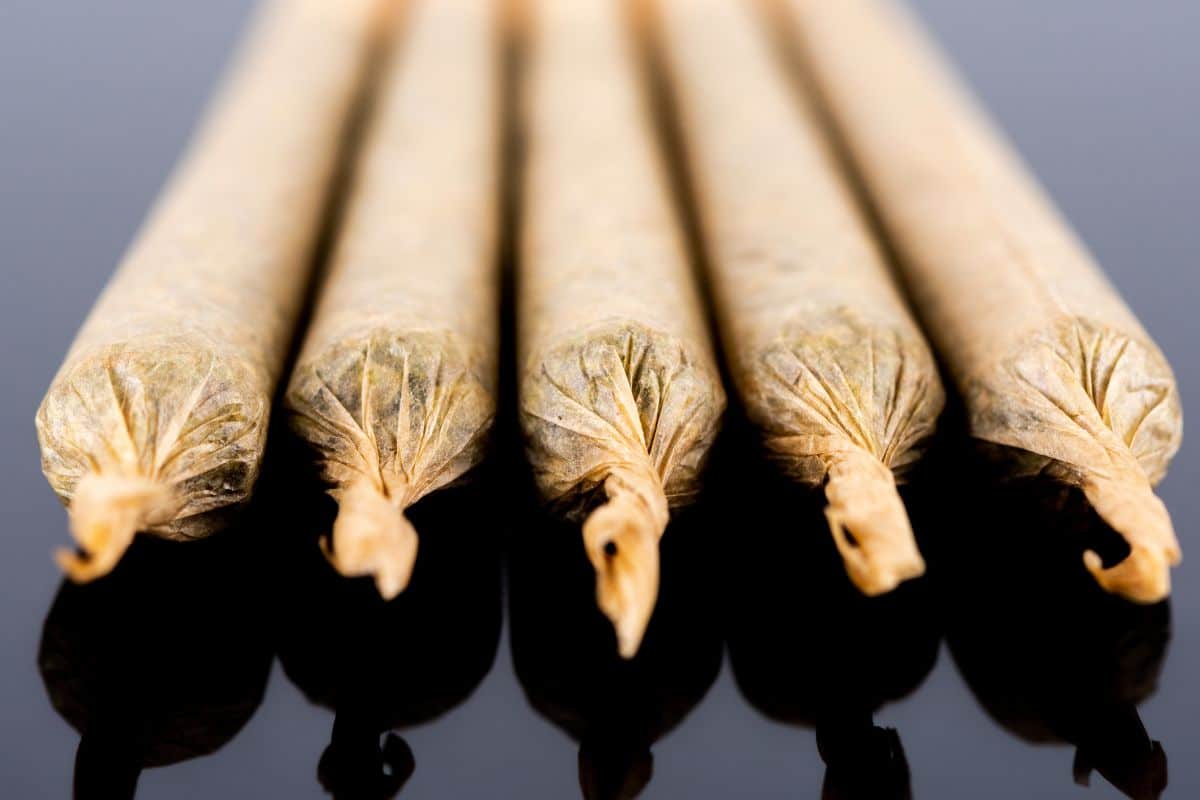
When exploring the ways you can consume cannabis, it is important to understand that each method can affect you differently. You’ll find methods ranging from traditional smoking to contemporary pharmaceutical products, each with distinct onset times and durations of effects.
Smoking and Inhalation
Smoking is the most recognized method for consuming cannabis. You can smoke marijuana in joints, pipes, bongs, or through less conventional methods like blunts and hookahs. The inhalation of cannabis flower combusts the material, releasing cannabinoids such as THC and CBD into your lungs, which quickly enter your bloodstream. Vaporization is a similar process, but it involves heating the flower or concentrate just enough to release the active compounds without burning the material.
Edibles and Oral Intake
Edibles are foods and beverages infused with cannabis extracts that you can consume orally. They come in a variety of forms, including gummies, chocolates, baked goods, and teas. Unlike inhalation, edibles pass through your digestive system and liver before the cannabinoids enter your bloodstream, leading to a delayed onset but longer-lasting effects. For medical purposes, synthetically created cannabinoids like dronabinol (Marinol and Syndros) and nabilone (Cesamet) are available as oral medications.
Topicals and Transdermals
Topicals are cannabis-infused products like lotions, balms, and oils applied directly to the skin. They are typically used for localized relief of pain or inflammation and are not psychoactive. Transdermal patches work similarly but can deliver cannabinoids directly into the bloodstream through the skin, potentially producing systemic effects.
Pharmaceutical Cannabinoids
Pharmaceutical cannabinoids are FDA-approved drugs containing synthetic or purified cannabinoids. Dronabinol (Marinol and Syndros) and nabilone (Cesamet) are synthetic THC medications prescribed for chemotherapy-induced nausea and weight loss in AIDS patients. Nabiximols (Sativex, not FDA-approved in the US) is a mouth spray with a combination of THC and CBD used for multiple sclerosis-related spasticity. Epidiolex is a purified CBD medication used to treat severe forms of epilepsy.
Each cannabis consumption method offers a unique experience, and your choice may be influenced by factors such as desired effects, onset time, and duration. Whether seeking relief or recreation, you should consider the method that aligns best with your needs.
Regulations and Legal Considerations
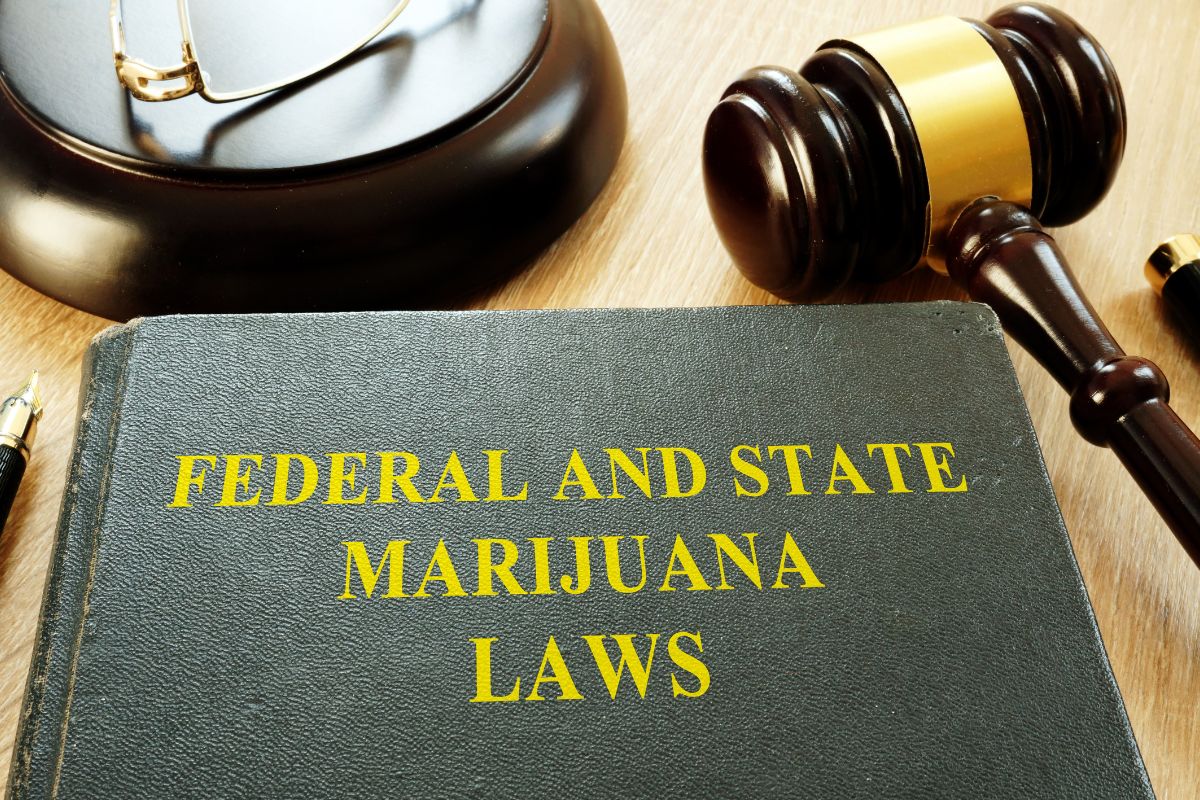
Navigating the complex landscape of cannabis regulations requires understanding various legal frameworks, which differ widely across geographies. For those in the business of cannabis products or consumers looking to stay informed, knowing these regulations helps ensure compliance and safety.
Global Cannabis Laws
Cannabis legality varies dramatically around the world. In some countries, it’s legal for medical and recreational use, while others permit only medical usage or have outright bans. For instance, Canada became one of the first nations to legalize the recreational use of cannabis, setting a precedent for others to follow. Meanwhile, many states in the United States have legalized medical cannabis, and a growing number are permitting recreational use. However, at the federal level, it remains classified as a Schedule I substance with no accepted medical use. You must stay updated on the legal status in your region, as cannabis laws are prone to change.
FDA Regulation
The Food and Drug Administration (FDA) plays a significant role in the regulation of cannabinoid-containing products. It is tasked with ensuring the safety, marketing, and labeling of these products. Although the FDA has approved some cannabinoid drugs (like Epidiolex for specific conditions), it continues to evaluate the regulatory frameworks for cannabis and cannabis-derived products. Additionally, the FDA monitors and takes action against companies illegally marketing cannabis products with unproven medical claims, emphasizing your need to comply with current guidelines.
Cannabis Labeling and Marketing
Label and marketing practices must not be misleading and need to comply with the legal parameters set by regulatory bodies. For instance, claims about health benefits that are not supported by evidence can be considered deceptive, putting your brand at risk. When it comes to cannabis labeling, specific information like THC content and other active ingredients is mandatory in many jurisdictions to inform and protect consumers. Additionally, marketing for cannabis is heavily scrutinized to avoid appealing to minors. Your cannabis marketing strategies need to steer clear of unverified health claims and responsibly communicate the intended use of your products.
The Cannabis Industry
The cannabis industry is rapidly evolving with a variety of products available and increasing interest in their scientific and clinical applications. As a consumer or stakeholder, understanding the types of products, brand influence, and ongoing research is essential.
Cannabis Product Types
Full Spectrum Products: You’ll find a range of cannabis products on the market, including full spectrum options which contain all the phytochemicals naturally found in the plant, such as cannabinoids, terpenes, and essential oils. The full spectrum products are believed to trigger the entourage effect, a phenomenon where the therapeutic benefits of the plant are enhanced when these compounds work synergistically.
- Isolates and Synthetics: In contrast, some products feature isolated cannabinoids, like CBD, or even synthetic cannabinoid versions created in a lab. While they focus on specific effects, they do not offer the entourage effect.
- Extraction Methods: Manufacturers utilize various extraction methods to obtain cannabinoids from the trichomes of the plant, where these compounds are most abundant. This affects both the product composition and quality.
Branding and Consumer Choices
Brands in the cannabis industry prominently influence consumer preferences through marketing and education.
- Brand Reputation: A brand’s reputation can greatly affect your choice. Established brands might offer a wider range of phytocannabinoids and adhere to higher quality standards.
- Educational Outreach: Knowledgeable brands educate you about the benefits of various compounds, such as terpenes, which contribute to the aroma and therapeutic properties of cannabis.
Research and Clinical Trials
Clinical trials and research are vital for understanding the medical benefits of cannabis products.
- Evolving Research: Ongoing studies aim to understand the therapeutic potential and safety profiles of phytocannabinoids and cannabis-based products. Links comparing cannabis-based medicines for pain management and discussing cannabinoid quantification methods for industry standards can lead you to current research efforts.
- Impact of Legalization: The expansion of legalization has led to increased research opportunities but also to regulatory and (standardised analytical procedures for cannabinoid quantification: laying the foundations for an emerging cannabis-based pharmaceutical industry)methodological challenges. These studies are key to discover new applications for cannabinoids in medicine.
Advancements in Cannabis Science
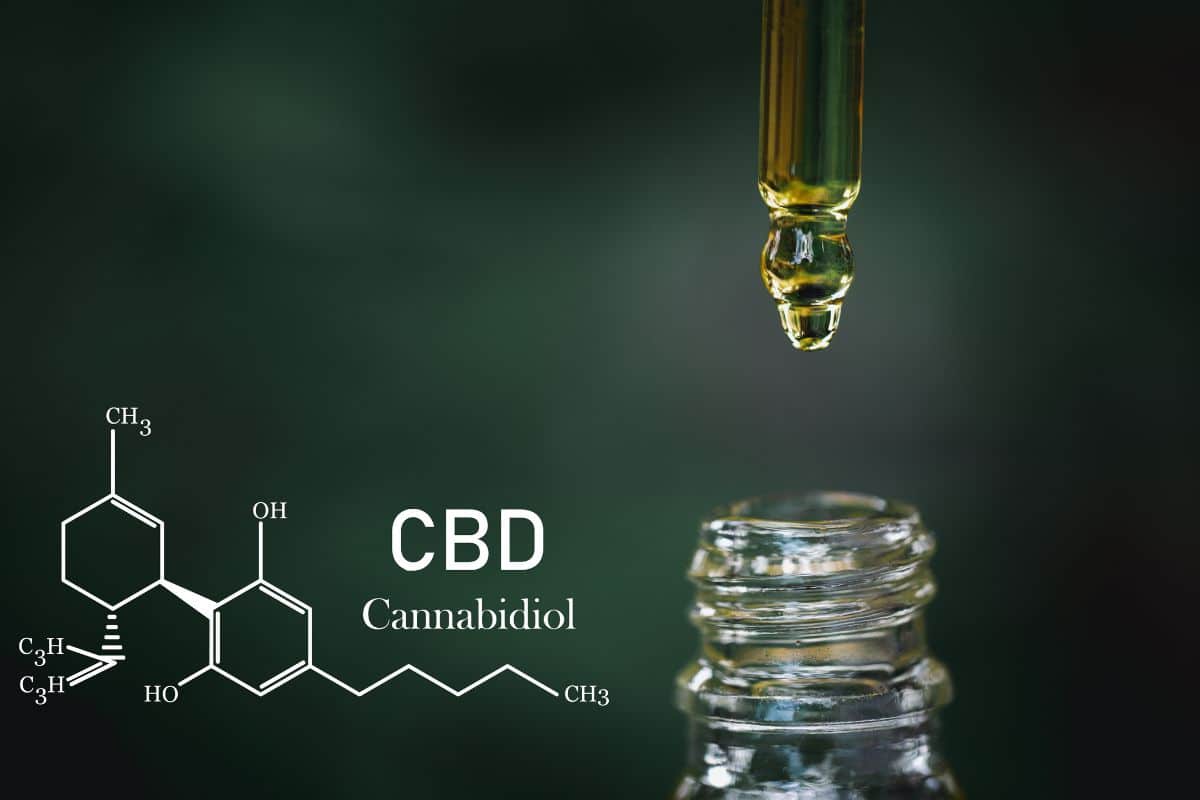
Recent advancements in cannabis research have notably enhanced your understanding of cannabinoids, their extraction methods, synthesis, and overall impact on health and science.
Innovations in Cannabinoid Extraction
Cannabinoid extraction techniques have been refined to maximize the yield of phytocannabinoids and terpenes while preserving the integrity and purity of these compounds. Supercritical CO₂ extraction, a method often used due to its efficiency and cleanliness, allows for the extraction of cannabinoids without the residue of solvents. Additionally, advances in trichome isolation have led to purer and more potent cannabinoid concentrates.
Developments in Cannabinoid Synthesis
In the realm of synthetic cannabinoids, researchers are making strides in creating molecules that closely mimic the effects of phytocannabinoids on the endocannabinoid system. These scientific efforts aim to produce compounds that can be used consistently in clinical trials and therapeutic applications. The precise targeting of cannabinoid receptors with synthetic analogs holds the potential for more effective treatments with fewer side effects.
Frontiers in Cannabis Research
Your understanding of the complex interactions within the endocannabinoid system continues to expand as a result of cutting-edge research. Groundbreaking work in the field has highlighted the promising therapeutic effects of cannabinoids and laid the foundation for future clinical trials. Studies focusing on the synergistic effects of cannabinoids and terpenes suggest that the medicinal properties of cannabis may be enhanced when these components are used in combination, a concept known as the entourage effect.
Frequently Asked Questions
In this section, you’ll find clear and concise answers to common inquiries about cannabinoids, helping demystify their effects, types, medicinal uses, and how they interact with the human body.
What effects do cannabinoids have on the human body?
Cannabinoids interact with the body’s endocannabinoid system, influencing various physiological processes such as pain, mood, appetite, and memory. Research suggests that cannabinoids can improve quality of life among patients with certain conditions.
Can you provide examples of common cannabinoids?
Common cannabinoids include THC (tetrahydrocannabinol), which is known for its psychoactive effects, and CBD (cannabidiol), recognized for its potential therapeutic applications without the high that THC provides.
How are cannabinoids used in medicinal applications?
Medicinally, cannabinoids are used to treat symptoms like chronic pain, nausea, and inflammation. Some psychiatrists and trainees may find medicinal cannabinoids potentially beneficial for specific patient outcomes, although proper clinical understanding is essential.
What is the relationship between cannabinoid receptors and their effects?
Cannabinoid receptors, mainly CB1 and CB2, are part of the endocannabinoid system. CB1 receptors are primarily found in the brain and are associated with psychoactive effects, while CB2 receptors are more prevalent in the immune system and influence inflammation and pain.
What are the potential health benefits of cannabinoid consumption?
Potential health benefits of consuming cannabinoids include relief from chronic pain, a reduction in inflammation, improved sleep, and a decrease in anxiety and stress levels. It’s important for healthcare professionals to understand the concentration of cannabinoids to navigate their use with patients effectively.
What distinguishes cannabinoids from marijuana?
Cannabinoids are active compounds found within the cannabis plant, while marijuana specifically refers to the plant’s dried leaves, flowers, stems, and seeds that are commonly used for their psychoactive effects. Not all cannabinoids induce a high; for example, CBD is a non-psychoactive cannabinoid.



